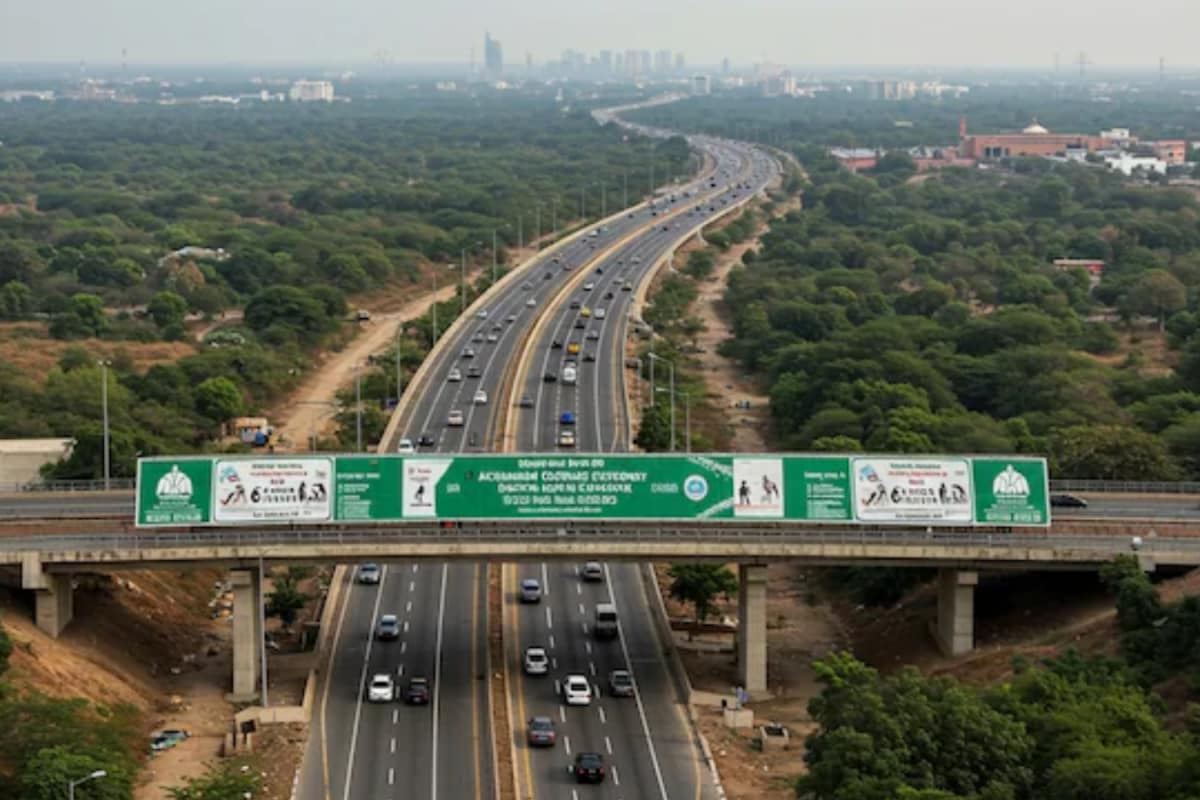

The Delhi-Dehradun Expressway, a 210-kilometer project, is on track to open before the end of July 2025, promising to slash travel time between the two cities from over 6 hours to a mere 2.5 hours. This infrastructure marvel, built at an estimated cost of ₹12,000 crore, is poised to revolutionize connectivity and boost economic activity across Delhi, Uttar Pradesh, and Uttarakhand.
The expressway begins near Akshardham in Delhi, traversing through key districts including Baghpat, Shamli, and Saharanpur in Uttar Pradesh before culminating in Dehradun. The National Highways Authority of India (NHAI) is developing the project, and it forms a crucial part of the Bharatmala Pariyojana, the Indian government's ambitious plan to upgrade the national highway network.
One of the most remarkable aspects of the Delhi-Dehradun Expressway is its focus on environmental sustainability. The project incorporates Asia's largest wildlife corridor, a 12-kilometer elevated stretch near the Rajaji National Park. This corridor aims to minimize the disruption to wildlife movement and prevent human-animal conflict in the ecologically sensitive zone. The Wildlife Institute of India (WII) has been actively involved in studying wildlife movement in the area, using camera traps to monitor various species, including deer, wild boar, leopards, and elephants.
Despite the green initiatives, the project has faced environmental concerns. Construction has resulted in the felling of trees, with reports indicating that over 7,500 trees were cut down along a 16-km stretch. To mitigate this loss, NHAI has committed to planting over 1.76 lakh trees in Uttar Pradesh and Uttarakhand. The project also incorporates rainwater harvesting systems at regular intervals and solar-powered lighting to minimize its carbon footprint.
The expressway's construction has been divided into four phases. Some sections are already operational, including the 31.6 km stretch from Akshardham to Khekra, reducing travel time to Baghpat to just 25 minutes, and a 3.5 km section from Datkali to Asharodi near Dehradun. The final 20 km stretch passes through the Rajaji National Park, an eco-sensitive zone, and its completion marks a significant milestone.
While the project is nearing completion, it has encountered hurdles. Land acquisition issues, particularly a legal dispute involving a property in Mandola, Ghaziabad, caused some delays. A minor setback occurred when a pillar collapsed in Saharanpur in March 2025, but the issue was quickly resolved.
The Delhi-Dehradun Expressway is expected to significantly boost tourism, including religious tourism to Char Dham. By providing a faster and more convenient route, the expressway will improve accessibility to pilgrimage sites in Uttarakhand. The increased traffic flow is also expected to bring about drastic changes in Dehradun and Mussoorie. Dehradun police have already enforced a 50 km detour for Mussoorie-bound tourists due to the anticipated increase in vehicle inflow.
Despite the delays and environmental concerns, the Delhi-Dehradun Expressway is poised to transform travel and boost economic development in the region. With its emphasis on green practices and reduced travel times, the project represents a significant step forward in India's infrastructure development.